I wanted to eat the air. I think that's a first for me.
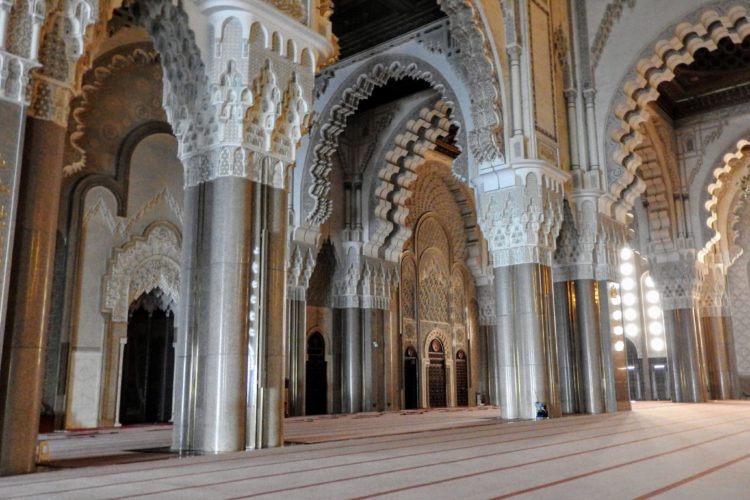
My Top 10 (Not-terribly-highbrow) Moroccan Moments. Part I
Hi everybody, remember me? If you thought I’d abandoned the blog, well, no, but I can hardly blame you. I took an extended break, partly to figure out what I want this blog to be and also trying to find ways to work writing it into my “real life” schedule.
Luckily, I’ve had no shortage of inspiration on the travel and history nerd fronts. I spent the holidays in Spain and Morocco, and I am overflowing with cool stuff to share. I’d been to Spain before, but this was my first time in Morocco, and it was an amazing, enthralling, and occasionally frustrating experience. It is very high on my “to go back” list!
To ease my way back in, I came up with this light-hearted Top 10 list. This is just a list I put together while scrolling through the photos on my phone and taking note of the things I most frequently texted my friends about. It’s in no particular order, and is not intended to slight the more important “serious” historical and cultural stuff. Why two parts? Well, it’s already getting really long…….Enjoy!
General decor at the Hassan II Mosque
Devotees of the Hollywood movie notwithstanding, Casablanca doesn’t get much tourist love, nor did it inspire much in me. Morocco’s busiest port and most “western-oriented” city, it is gritty, industrial, and generally unappealing to the casual tourist eye. Some tour companies skip it entirely, others start or end there just because of the convenience of the international airport.
But Casablanca does have one knock-out site (and no, I do not mean Rick’s Cafe–which is a thing. Sort of.) Boosting tourism was probably not why Morocco’s late king, Hassan II, chose Casablanca for his grand, namesake mosque, but it certainly hasn’t hurt it.
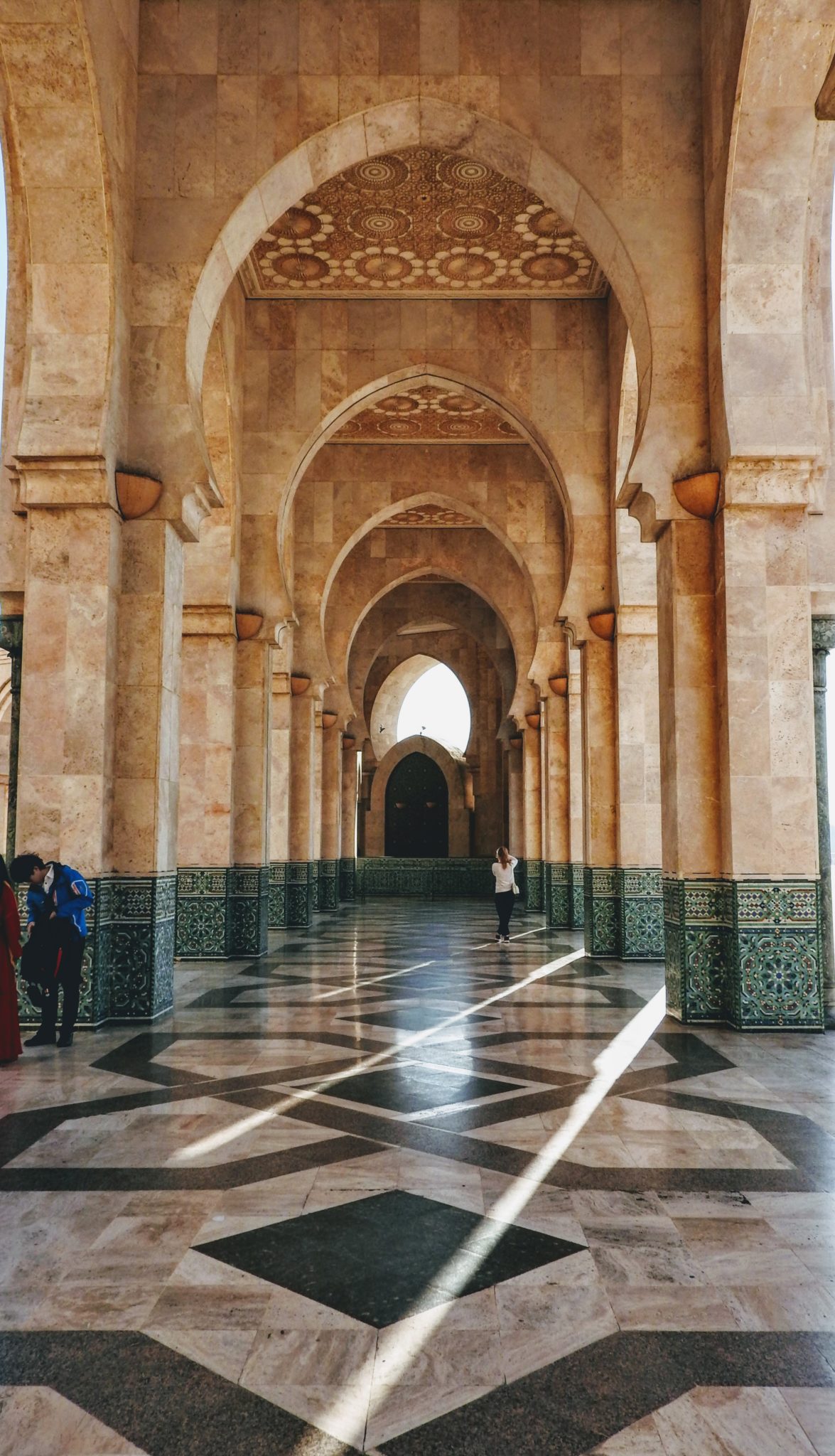
The whole structure, along with the story behind it, is remarkable (for example, it is partially built over the Atlantic ocean, supported by poles and various rocks and breakwaters). But I was so taken with the details that I found it hard to take in the whole (also, the masses of visitors and the low lighting inside didn’t help). Not that I am complaining; it was a very not-tragic case of not being able “to see the forest for the trees.” The “trees” in this case are the decorative details and they are worthy of plenty of attention on their own.
The lighting inside the mosque was really dim and the large numbers of visitors and quick pace of the guided tour made it difficult to compose a good shot. But these should give some idea of the grandeur on the inside. The picture on the right is lousy, but I included it to show the variety of materials with which the mosque is constructed, including cedar, marble, and plaster. The chandeliers (this is one of fifty-six identical pieces) are Murano glass and are among the few substantial parts of the decor made of non-Moroccan materials.
I have a thing for fancy ceilings–as this blog’s numerous awkwardly-angled ceiling photos attest–but while the mosque’s many niche ceilings were certainly impressive (hand-carved, painted, and, I think, made of cedar from the Middle Atlas region), it was the numerous arches that I kept looking back at. The photo at the top of this post is of some of the arches. Constructed of marble and plaster, and covered in elaborate scrollwork, in the dim light, they really did look as if they were festooned with lace.
The interior is impressive, but the exterior is what I found truly awe-inspiring. Whether it was the green of the minaret (incidentally, at a little over 200 meters, it is the world’s tallest), or the multi-colored work of the various, relatively low-key fountains, I just couldn’t stop looking–or taking pictures. The detail is exquisite. By one estimate, 10,000 craftsmen participated in the design and construction.
[Fun fact: Green is prominent in the design because green is considered a holy or lucky color in the Islamic world, much like many cultures consider blue to have special powers to ward off the evil eye]
Olives! Everywhere! (Especially in Meknès!)
Meknès is the sixth largest city in Morocco and one of its four so-called “Imperial cities.” I have to admit that I had never heard of it before planning this trip, which was my loss. Sultan Moulay Ismail, who ruled in the late 17th and early 18th centuries, and founded the present royal dynasty, made Meknès his capital, and spent a ton of money turning the old city into an appropriate symbol of the wealth and might of the new dynasty.
Meknès is no longer the political, economic, or cultural capital of Morocco, but it is the capital of at least one thing–olives. If you are one of those curious souls who do not like olives, you may not be very impressed with this, but, really, olives. everywhere. including purple olives.
[Are you really still not impressed? Really? Okay, take a look at these pictures. You don’t see this at Whole Foods.]
Morocco is one of the world’s top five olive oil producers. That was news to me, but it makes sense considering Morocco’s proximity, and similar semi-arid climate, to southern Spain. Out of curiosity, I bought a small bottle of Moroccan olive oil at a local supermarket so I could test it on a number of carbs. It’s very tasty, but different from what I was used to. It’s cloudier in appearance and the taste is more delicate. I’m not sure it’s going to displace my allegiance to Spanish olive oil, but it is definitely worth a try.
Also, we all just need more pink and purple olives in our lives.
Jus d’avocat
Translated literally, that’s “avocado juice,” which doesn’t sound very appetizing, so I’ll call it what it really is, which is an avocado smoothie. That sounds a lot better–and I’m not sure how I’ve lived so long without them.
Fruit drinks are popular in Morocco, which makes sense given both the climate and the abundance of produce. I heard from a couple of people that avocado smoothies are a fairly recent phenomenon, but they’ve made a lot of headway in a short time. I found them almost everywhere, from street stalls in Marrakech to high-end restaurants in Chefchaouen and Fes. There are even two (at least) commercially-produced brands available in the big chain supermarkets.
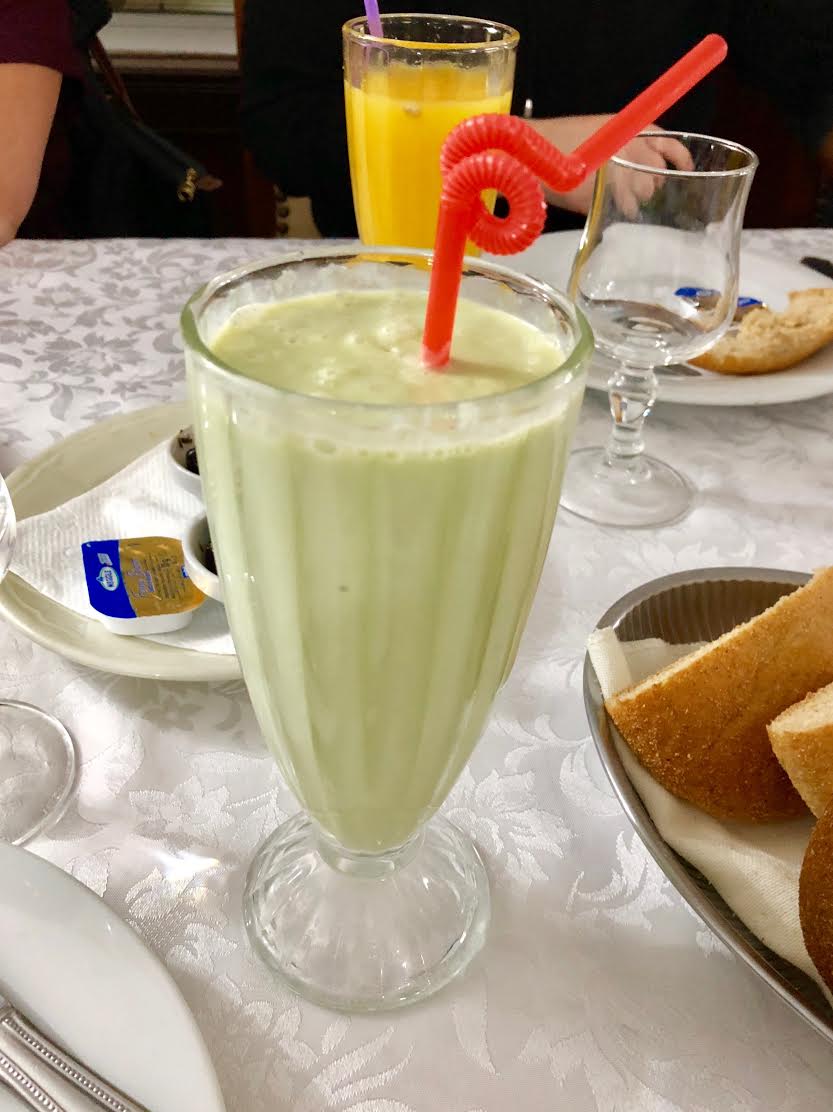
The smoothie that started it all. Casablanca, on the first night of my trip. (Come to think of it, that was Christmas Eve. Definitely one of my better Christmas presents!)
The varieties are endless (just google “avocado smoothie recipe”), but they seem to fall into two main groups, dairy-based and (orange) juice-based. I preferred the dairy-based, partly because it they tasted more like “real” smoothies to me. The juice-based ones are more of an acquired taste, but still very much worth a try. Bottom line: This is a trend that needs to make it over to the U.S. ASAP.
Well, obviously, I had to try an avocado smoothie everywhere I went. How else would I become enough of a connoisseur to report back to all of you? From left to right: the pure avocado/orange juice variety, at a food stall at Jamaa el Fna square in Marrakech. This version is very tart and didn’t really do it for me (not to say I wouldn’t drink one right now should it appear in my hand). In Fes, the avocado/orange juice mix is blended with crushed nuts. This toned down the acidity of the orange juice and tasted amazing! Lastly, a store-bought, yogurt-based version. Not as flavorful as the others, but still pretty darn good.
Monkeys!
Did you know that there are wild monkeys living in Morocco? Well, now you do. The so-called Barbary Macaques (“Barbary” being a really old and incorrect term for the coast of North Africa) are native to the Atlas mountain region and still live wild in the forests.
Driving along the thickly-forested and slowly-ascending roads, our group stopped near the village of Ben Snim. It was very quiet and easy to feel like we were in the middle of nowhere–for about three minutes. That’s when the monkeys came out to greet us.
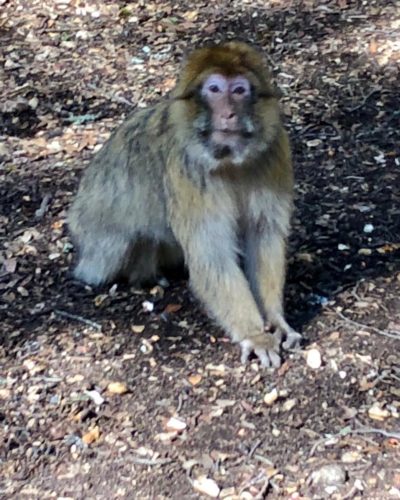
Why, hello there!
There were just two or three at first, but after only a few minutes, we were joined by more. I didn’t count, but I’d say at the height of our visit, there were between eight and ten monkeys hanging out with us. There were also two or three men selling peanuts to tourists, encouraging us to feed the monkeys.
I hadn’t planned on feeding them. I’d heard that it can make them aggressive and isn’t good for their diets anyway. But after a few minutes watching them politely accept peanuts from other people, I just couldn’t resist.
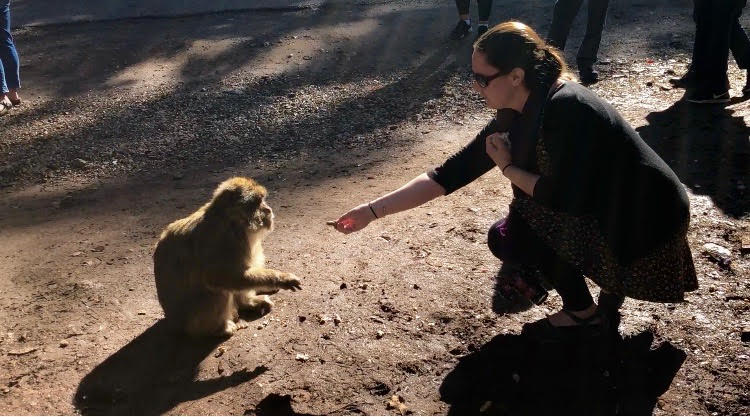
Seriously, would you have been able to resist?
There are 4000-5000 Barbary Macaques in Morocco and, sadly, they are considered endangered. This is for two reasons: 1) European smugglers carry out roughly 300/year to sell as expensive pets, and 2) local farmers aren’t quite as enamored of the monkeys as tourists are, considering them a nuisance and threat to their fields (though the monkeys, whose forest homes are being encroached upon by agriculture, might see it another way).
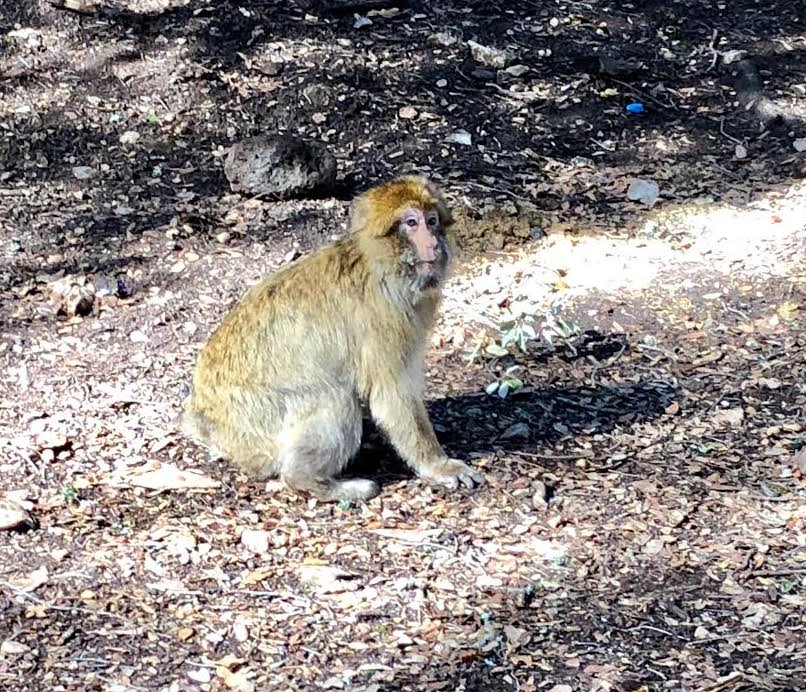
I understand the temptation to take one of these adorable and entertaining fellas home, but really, folks, let’s just leave the monkeys where they are, okay?
Because of tourist interest, some beginning steps are being taken to protect them, but scientists and animal rights’ activists have their own concerns about that. There are worries that the monkeys’ physical health will be undermined by excessive feeding by visitors (oops) and also that the monkeys, despite appearing happy, find human encounters stressful. I am certainly no expert, but the monkeys came to us and didn’t seem unhappy. Sure, they were getting fed, but they didn’t crowd around fighting for food, and they spent just as much time climbing on low branches and scampering onto the tops of cars. So I’m guessing there’s a middle ground here.
By the way, if you’ve visited Gibraltar, these are indeed the same macaques that live and are thriving, semi-wild, there. I think I may have to head to Gibraltar next to pay them a visit and bring them greetings from their Moroccan cousins.
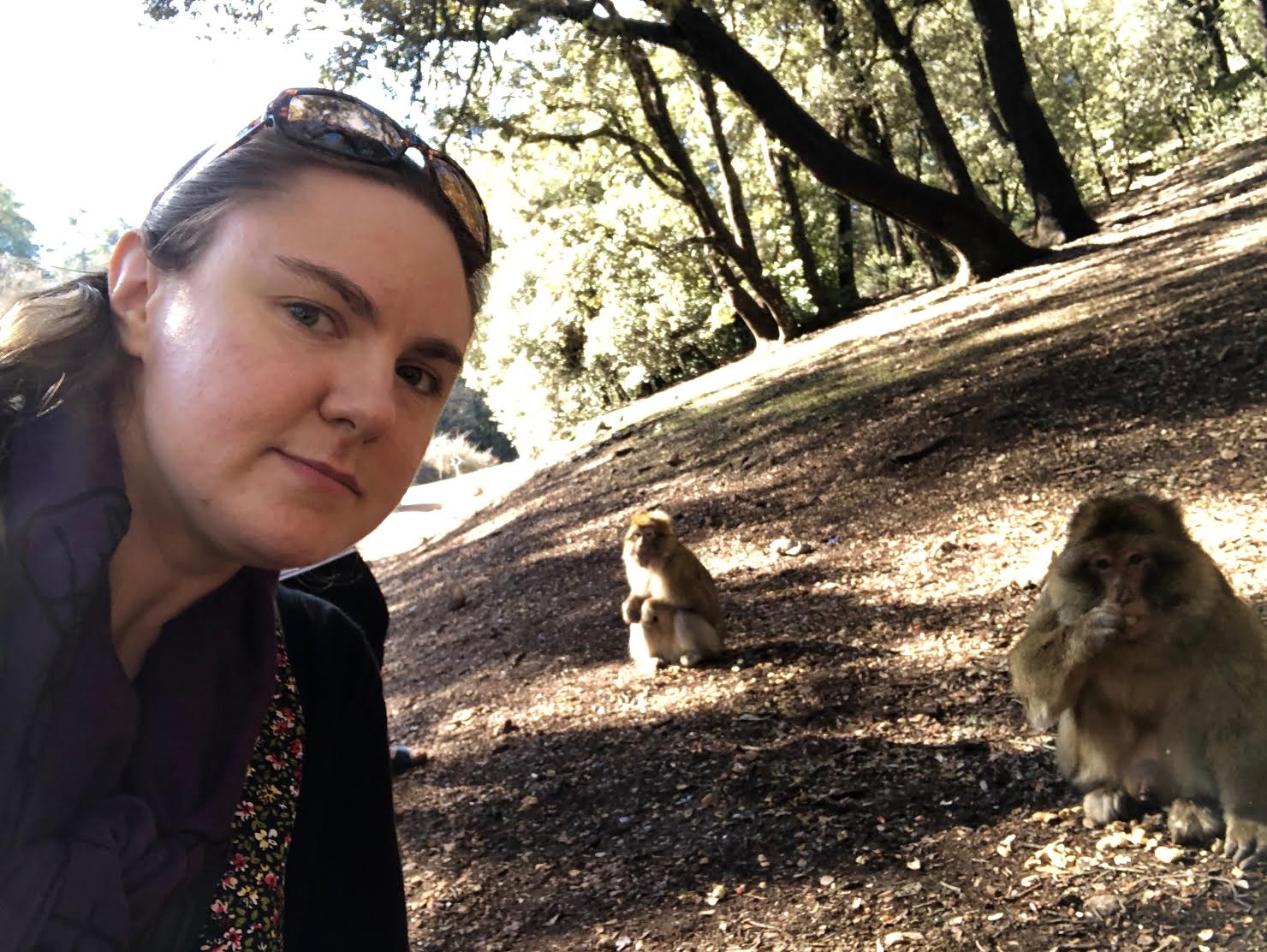
Do you know what’s kind of tricky? Taking a selfie with a couple of monkeys. You know what else? That is a sentence I would not have predicted either writing or uttering in my life.
Camels!
Since I’m already talking about animals, I have to brag a bit that I took to camel-riding like a pro.
An overnight stay in a Sahara camp is a common tourist experience in Morocco. But don’t dismiss it because of those two aforementioned bad words, “common” and “tourist.” It’s popular for a reason, and if you book a spot with one of the many tour companies operating such visits, odds are you’ll have the option to ride a camel for part of it.
I will write about the details of the camel ride as part of another post about my (amazing) night in the Sahara, so for now I’ll stick to a few comments. The camels that tour companies use are well-trained and generally pretty chill. They also wear blanket-covered saddles and are accustomed to carrying human and as well regular cargo. My point is that barring an unlikely turn of events, you don’t need to worry about falling off.
The trickiest part, I thought, is getting on in the first place. Unlike horses, camel saddles do not have stirrups. Instead, the camels basically kneel down close to the ground and riders scamper up on their own. But, as they’re pretty big, even when chilling on the ground, some of the more height-challenged among us do require a slightly undignified boost.
Once you’re on, hold on tight, because–remember–the camel is sitting down. They push themselves up in a single smooth movement, and you will get a very speedy reminder of just how tall they are. It’s not scary, but I think it would be a bit unnerving if you weren’t expecting it.
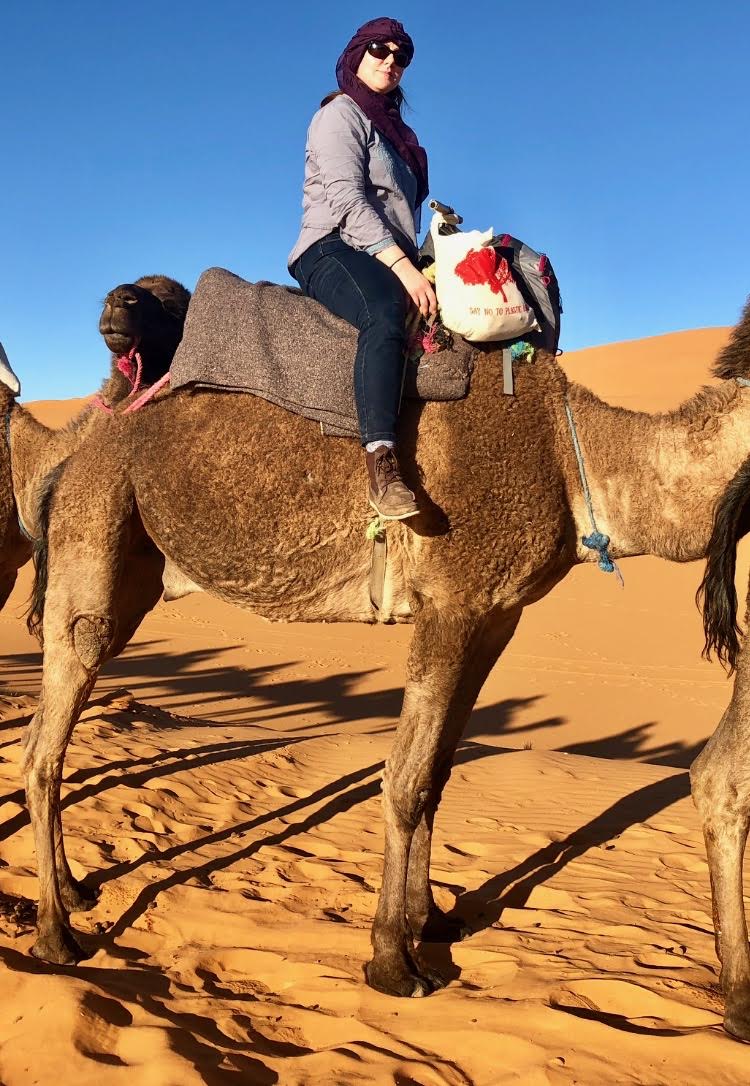
I do not think I could have taken a more unflattering photograph if I had tried.
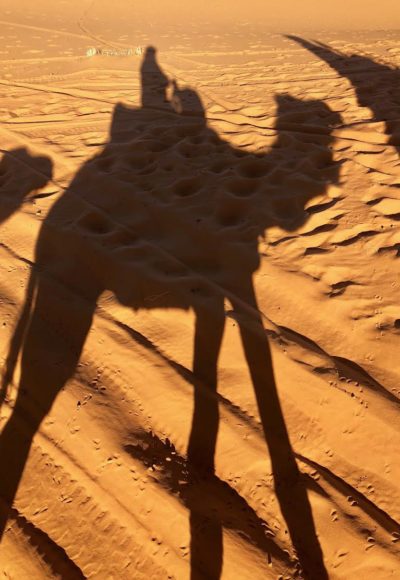
This photo of my shadow is much cooler, and much more flattering.
The same goes for getting off the camel which is, frankly, a more dramatic experience. When your guide tells you to hold on tight, listen to him. The camels don’t sit down with quite so much grace as when they stand up. They first bend their front knees and buck forward, and then sit the rest of the way down. It’s abrupt, so you will feel a jolt, and if you’re not holding on, the forward motion will throw you.
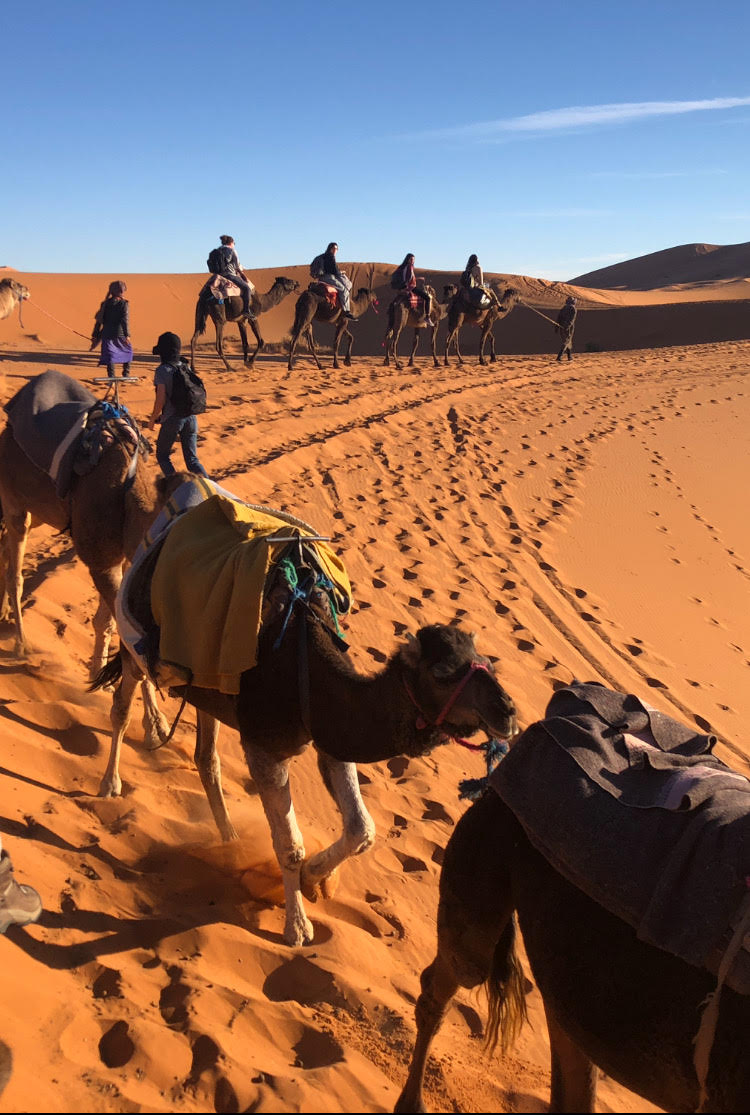
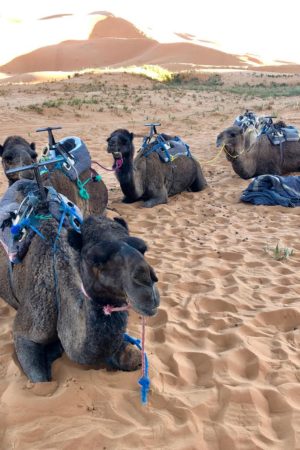
I wish I had managed to get a video of one of the camels getting up and down, but I didn’t. If you’re interested in what’s it like, a lot of better-prepared tourists have posted youtube videos. This one is interesting on two points: 1) You can hear a voice instructing the riders to hold on with one hand on the front and one hand on the back of the saddle when the camel gets up. Nobody told me that, and I was fine, but if you’re nervous, it probably doesn’t hurt; and 2) At least two of the riders are wearing shorts. I was in Morocco, so nobody was wearing shorts anyway, but this strikes me as a bad idea. Camels do indeed sway back and forth, the terrain isn’t always the smoothest, and, remember, no stirrups. My point is that your legs are going to be rubbing against the saddle and blankets the entire trip. Your muscles are going to get sore (not too bad, but noticeable) and bare legs are going to chafe. Wear long pants; just my two cents.
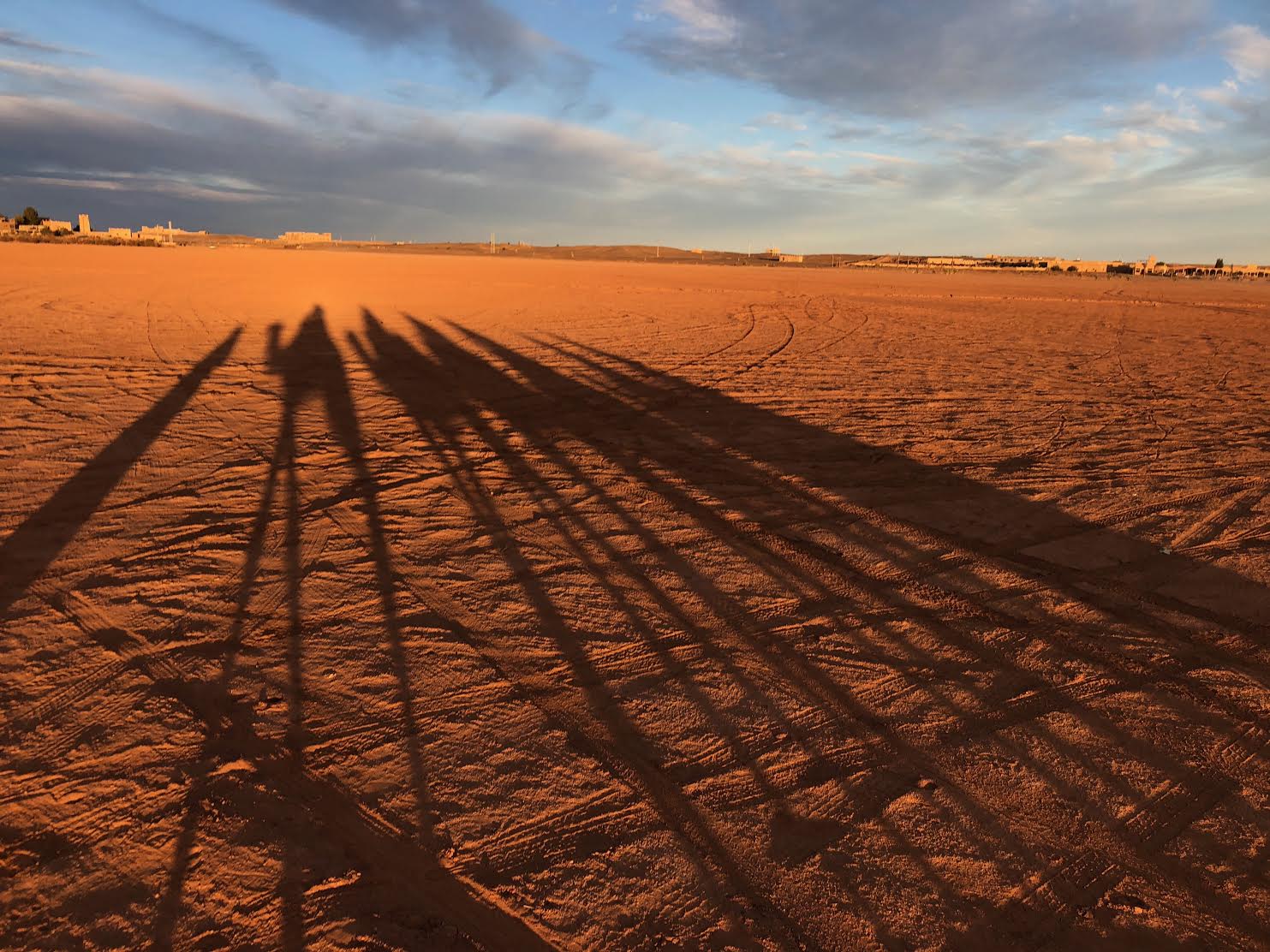
Another picture of camel shadows, because why not?
Coming up! Part II of my Morocco Top 10!

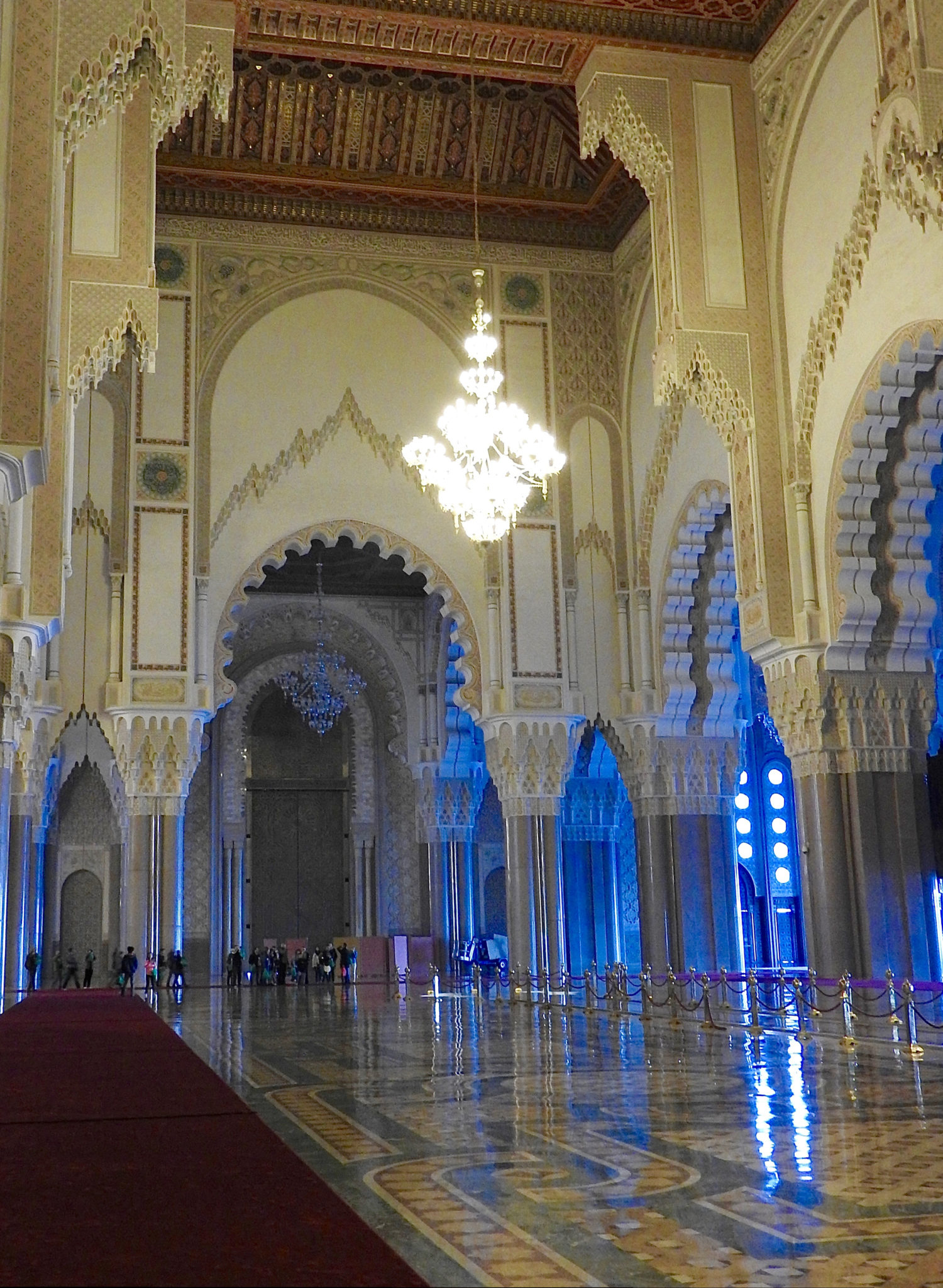
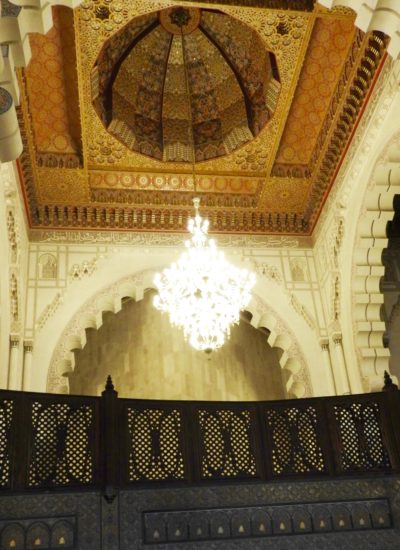
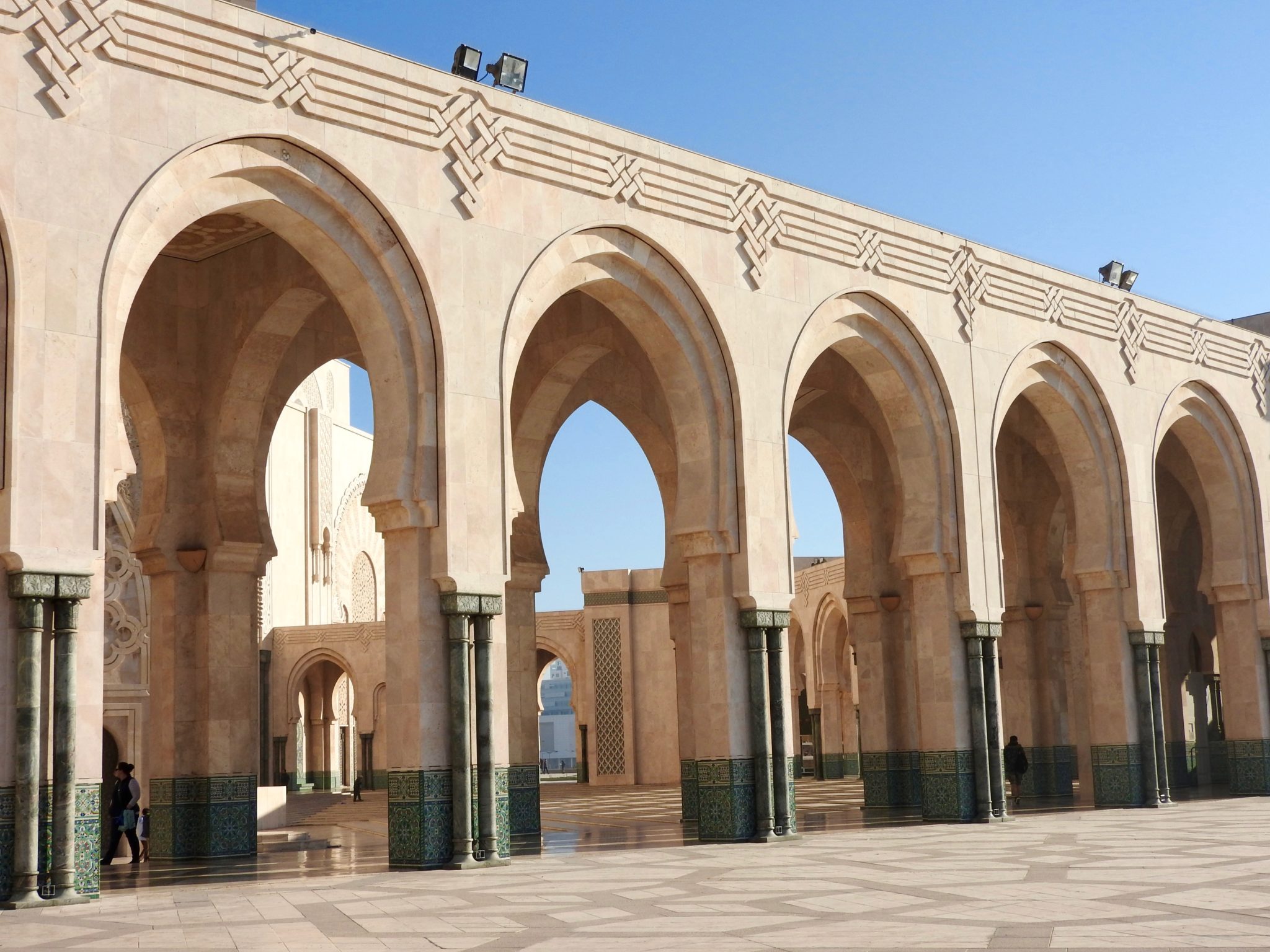
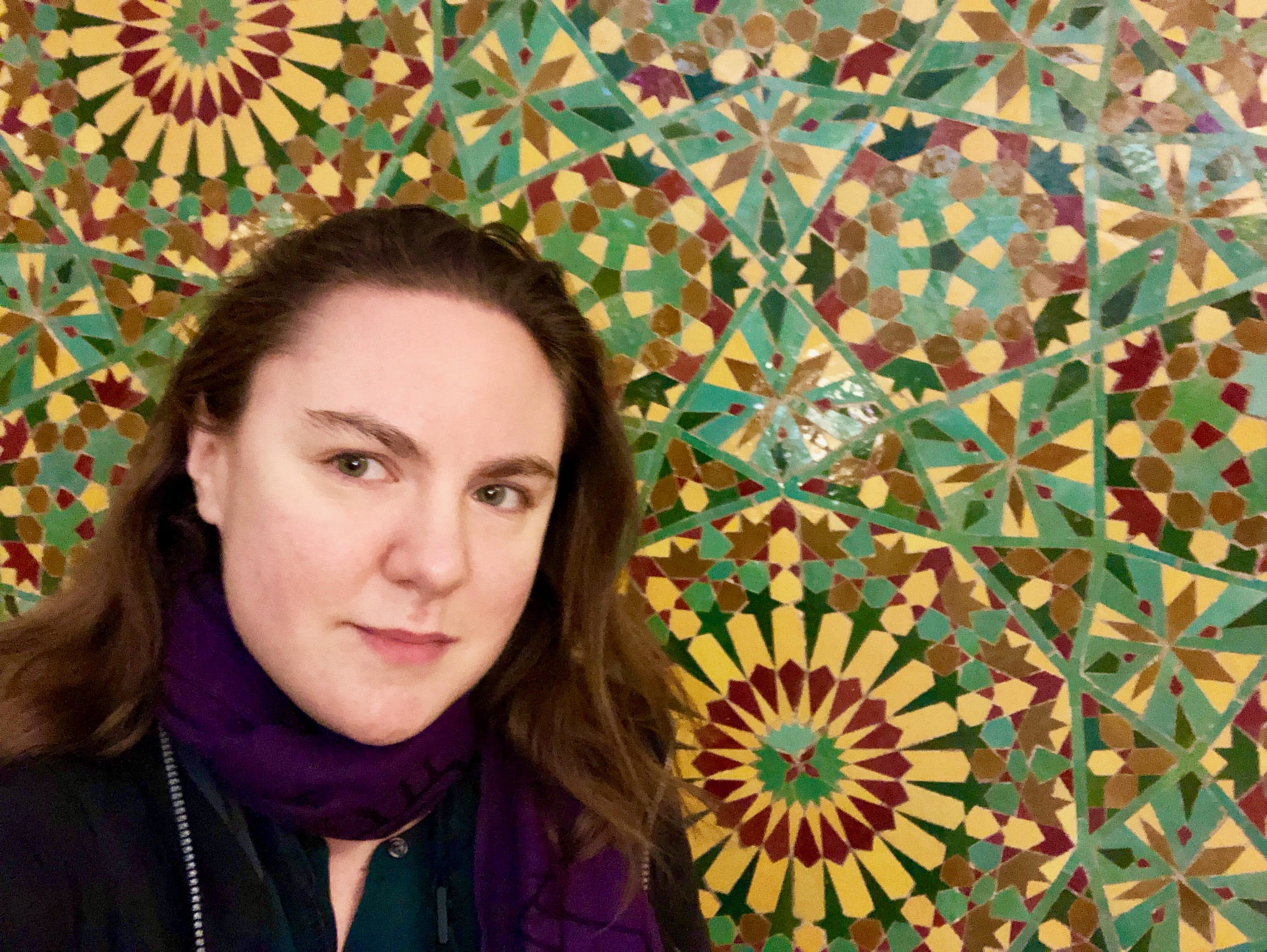
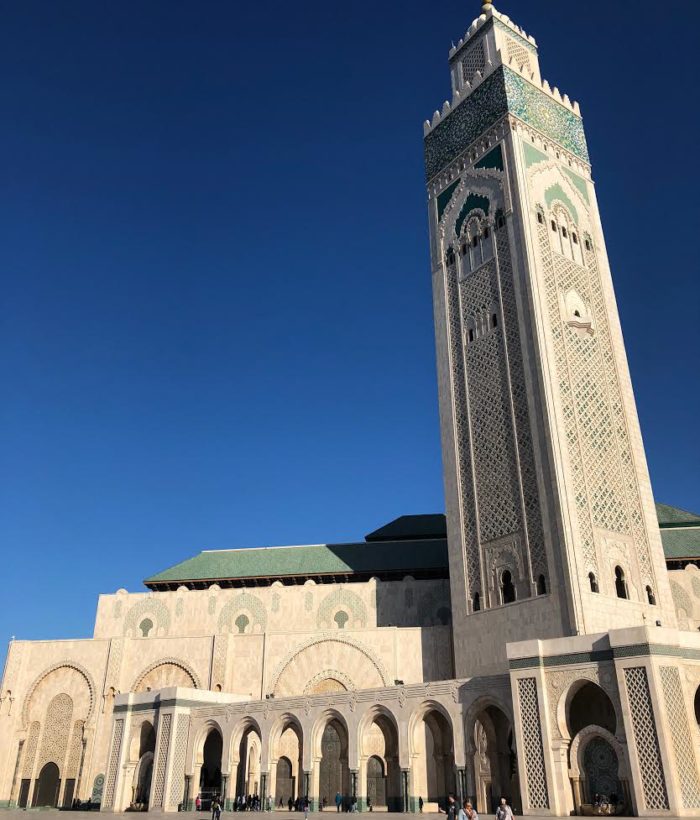
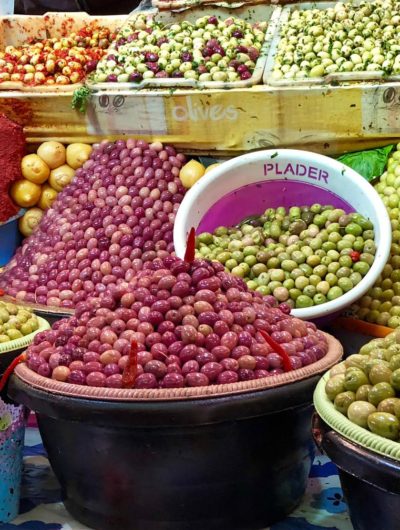
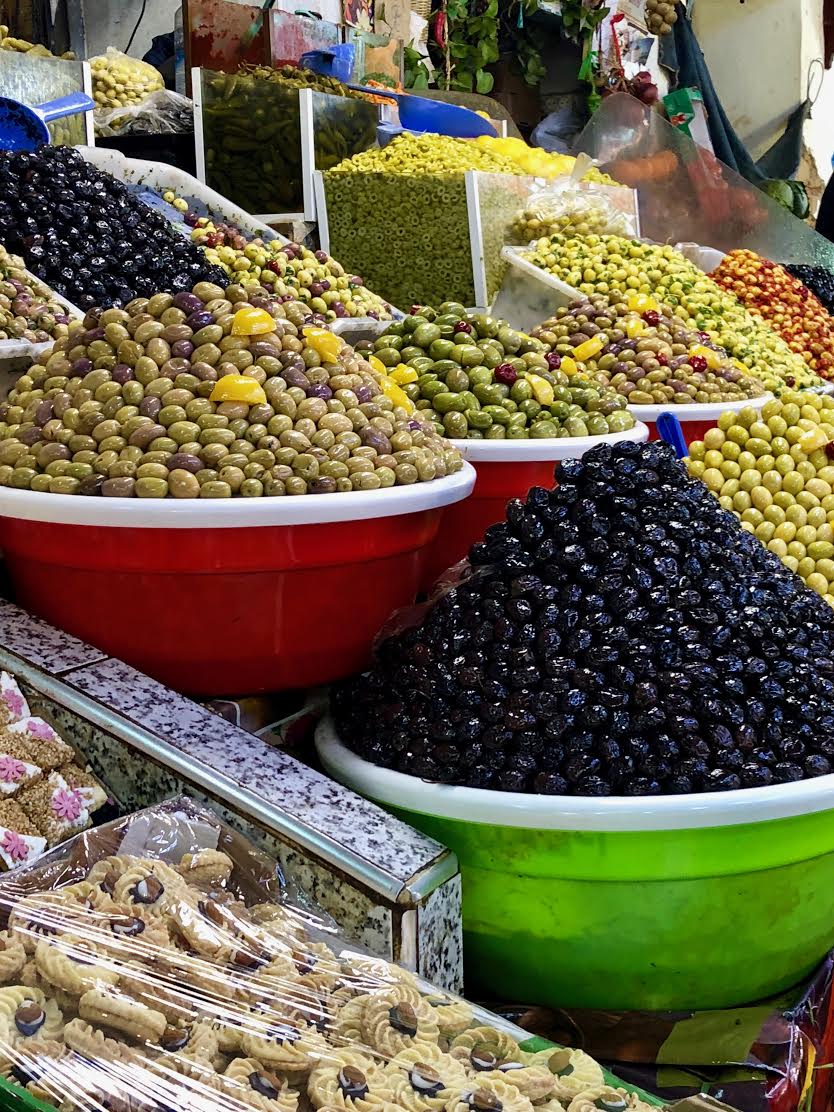
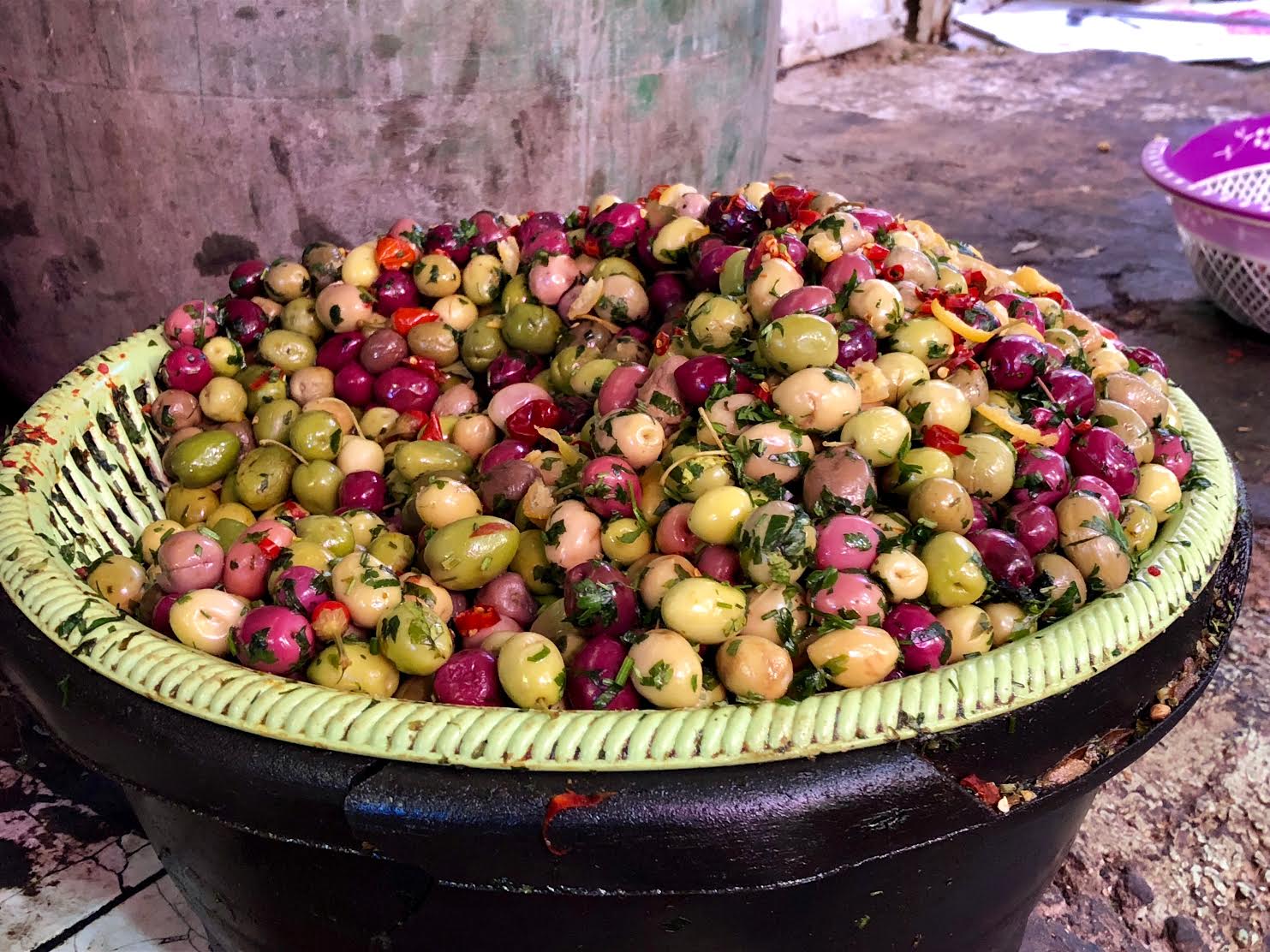
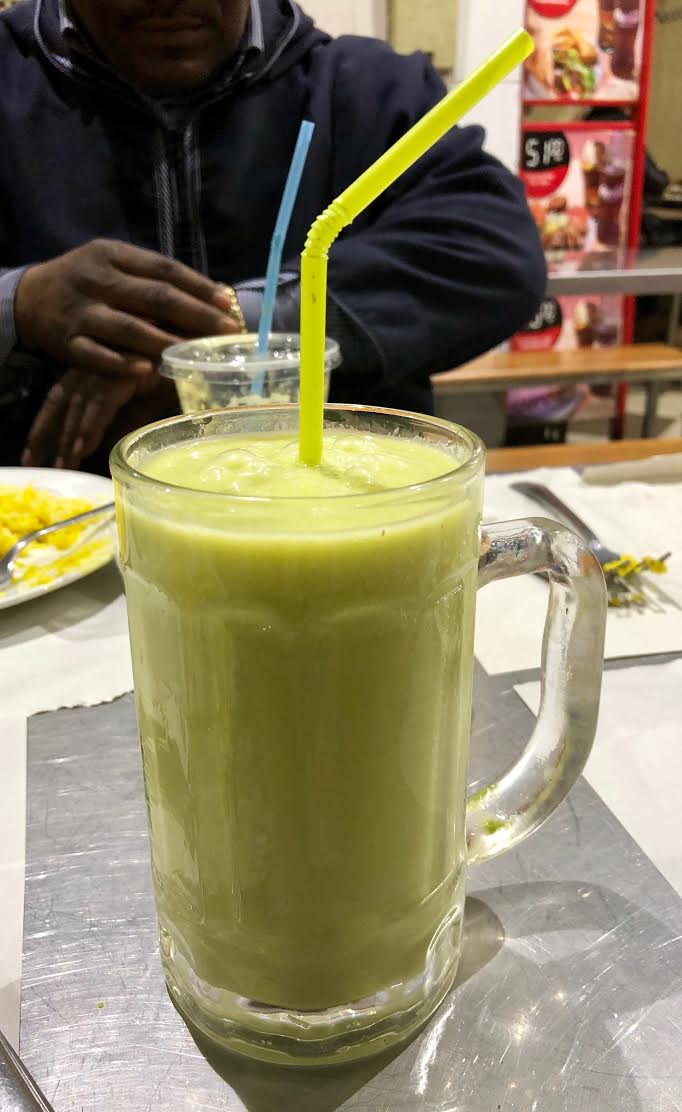
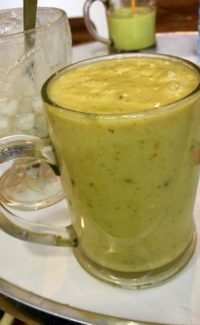
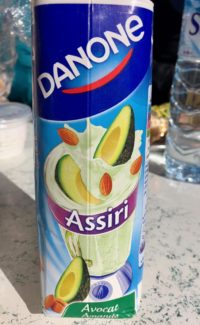

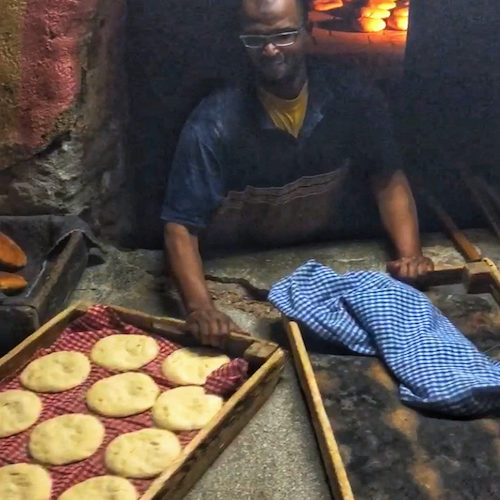
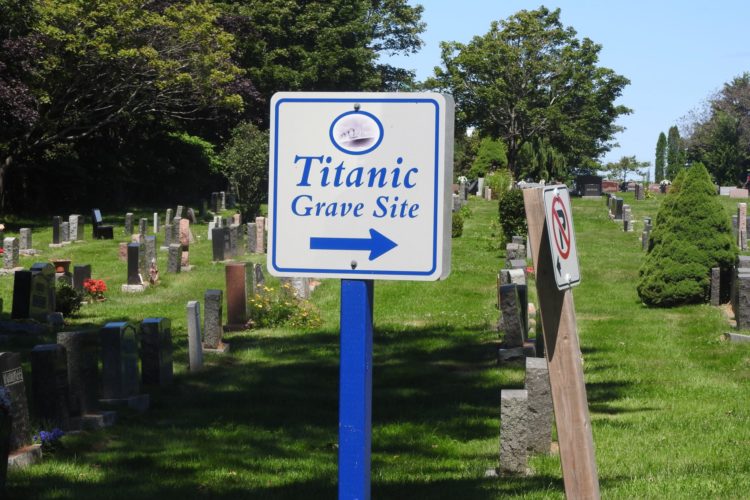
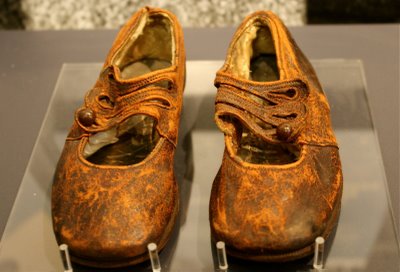
This Post Has 0 Comments